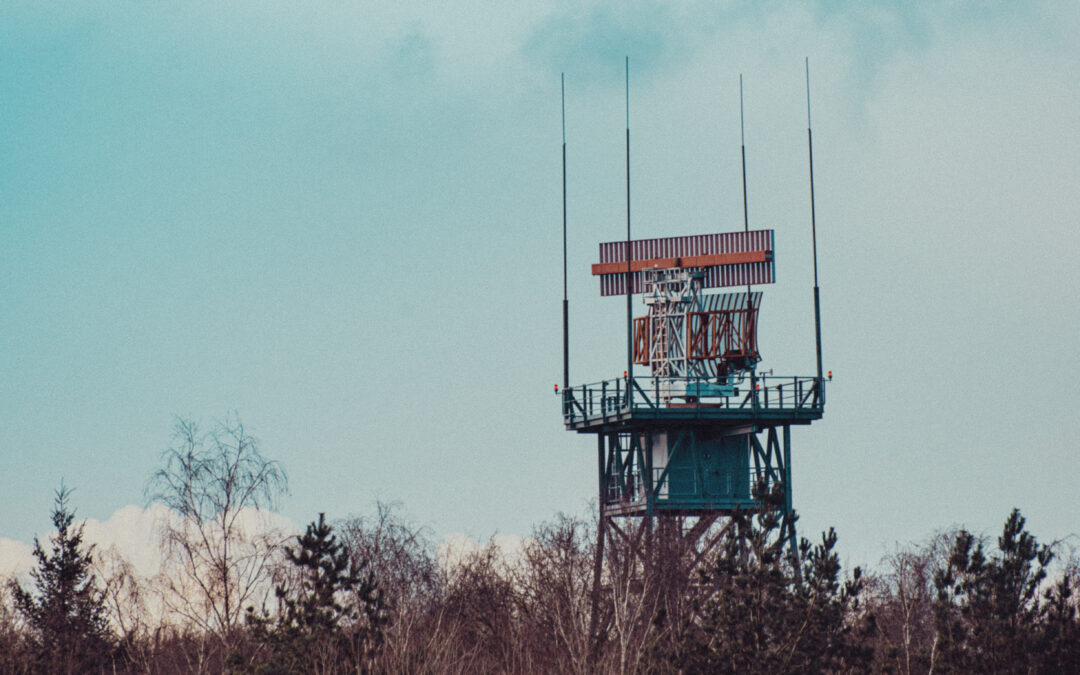In one of our earliest posts, we described some of JEM Engineering’s in-house RF testing capabilities, including VSWR. In this post, we explore VSWR in further detail, as a general concept and as it relates to validating antennas.
We had previously described VSWR, or “voltage standing wave ratio,” as a measure that describes how well the antenna impedance —or voltage to the current at the antenna’s input— “matches” to the radio or transmission line it is connected to. Essentially, VSWR measures an antenna’s potential to radiate. While an antenna will have the ability to receive a certain amount of power, it will not necessarily radiate as much power as it receives.
Lower is better.
The VSWR is a measurable positive number for antennas. VSWR=(1+Γ)/(1-Γ), where Γ depicts the antenna’s reflection coefficient. The lower the VSWR is, the better the antenna is matched to the transmission line, and the more power is delivered to the antenna. The higher the VSWR, the more power is reflected from the antenna, and therefore not transmitted. Large amounts of reflected power can damage the antenna altogether, and a poor match can result in difficulty transmitting the correct information. Generally, a VSWR below 2.0 indicates a very good match, but a passable VSWR measurement is subjective to the antenna being measured and its intended operating frequencies. The lowest possible and most ideal VSWR is 1.0, meaning no power is reflected from the antenna.
In the antenna industry, a VSWR test is often a means to determine whether or not antennas are suitable for use.
During a passive VSWR test, the antenna is measured using a network analyzer. In the graph below, we see the VSWR measured for two antennas of the same type. For this test, the set specifications for passing (depicted by the red dashed line) is < 3.0. We see that the VSWR measurement for one antenna (silver line) is significantly higher than 3.0 across certain frequencies, therefore failing the unit. The VSWR for other antenna (blue line) remains lower than 3.0 across all frequencies measured, making it suitable for its intended use

A fully-functional antenna needs more than a low VSWR.
As previously mentioned, a low VSWR means that the antenna is “well-matched,” but again, it does not mean that the power delivered is also radiated. Thus, a good VSWR, does not necessarily mean the antenna is a good radiator. Many “lossy” antennas have good VSWR but very low efficiency. An antenna is a good radiator if it has low loss as well as low VSWR. In order to determine how much power an antenna actually radiates, separate RF testing is required. In addition to numerous other RF testing criteria, JEM Engineering routinely measures VSWR for our own antenna products. We also offer all of our testing capabilities as services for our antenna testing customers. Our highly-skilled engineers are experts in setting VSWR specifications.
Latest Posts

Industry Spotlight: Concealed Antennas
In this blog post, we will explore what concealed antennas are, how they work, and some of their benefits.

An Introduction to Radar Antennas
Radar systems have a wide range of applications, including weather forecasting, traffic control, navigation, automotive systems, and aviation. In military and defense operations, a radar system can be used to detect, track, and identify objects in the air, on land, and at sea.
